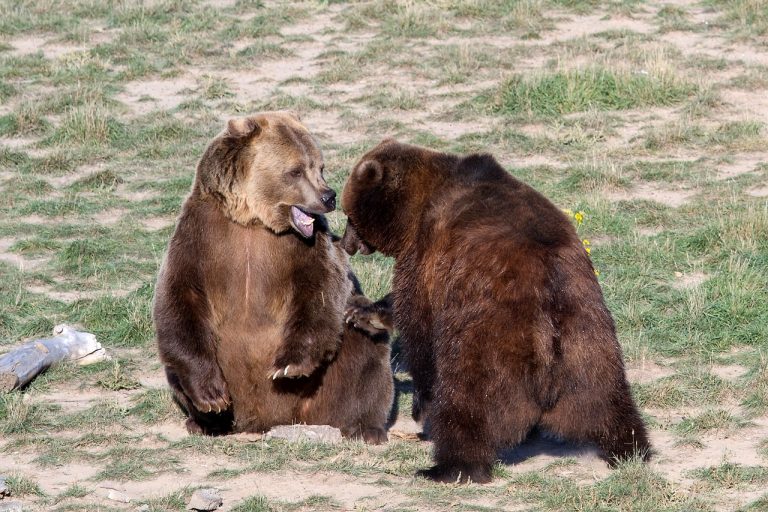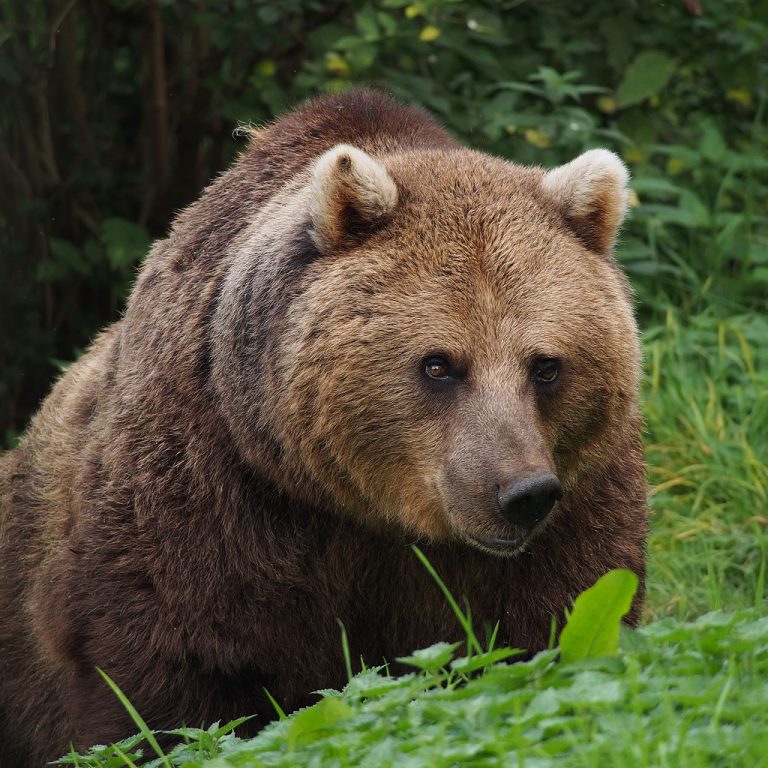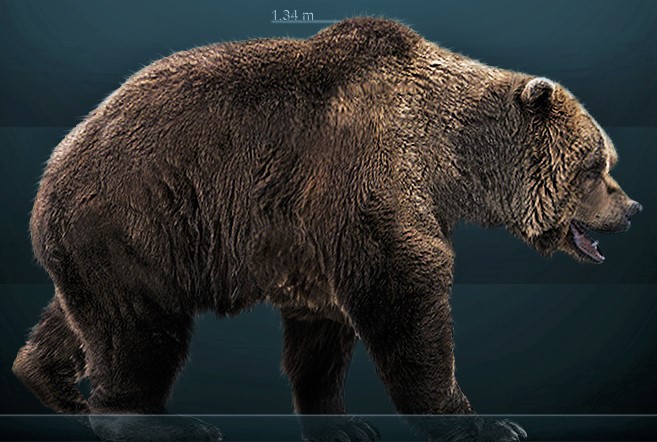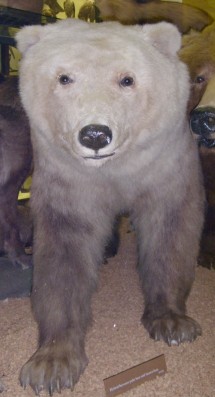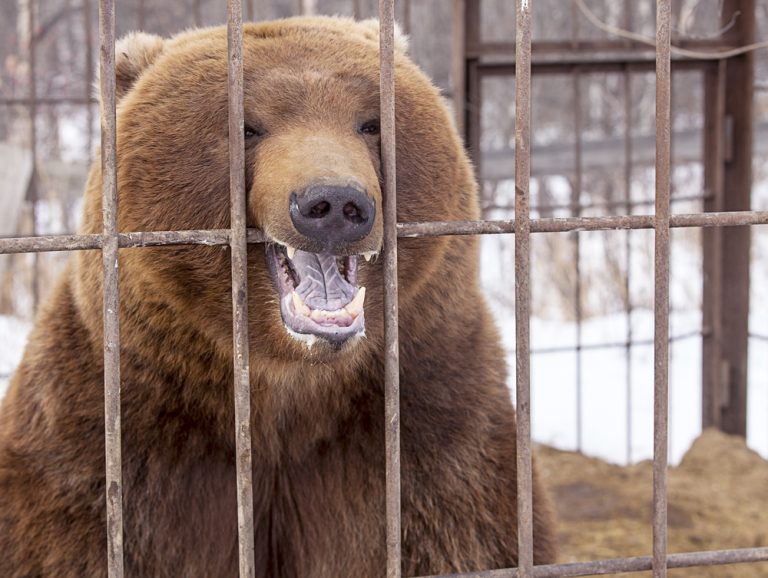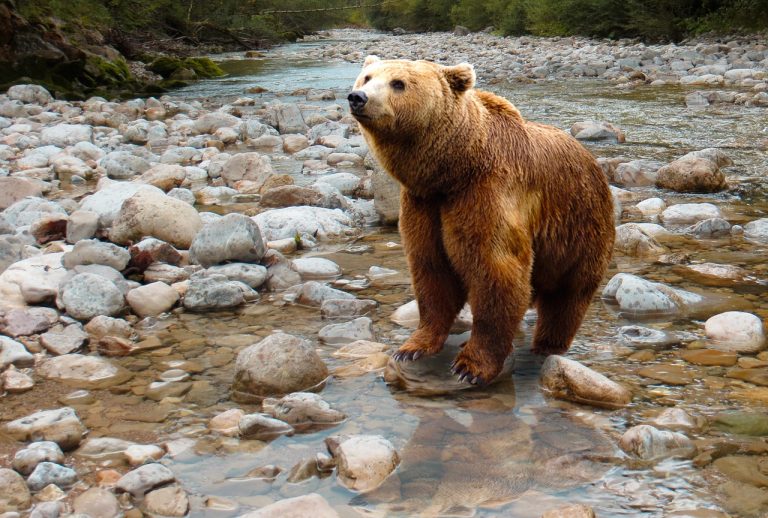Supplemental Bear Feeding: Does It Solve Or Cause More Problems?
Local authorities in parts of the USA resort to bear feeding to stop the hungry animals from destroying economic trees.
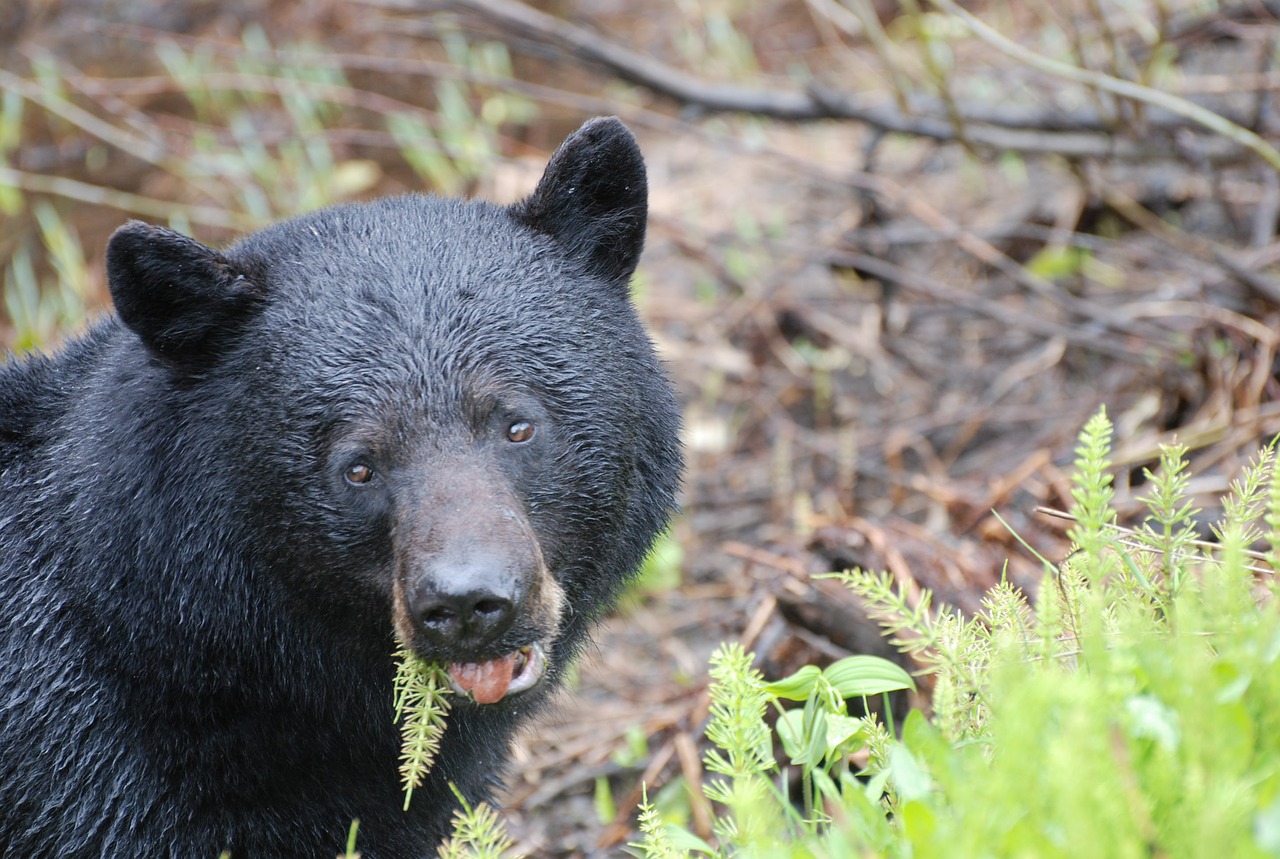
In spring every year, Black Bears emerge from their long winter hibernation hungry and with one thing uppermost in their minds; food.
Unfortunately, the surrounding vegetation is typically also recovering from the winter cold so there’s not much food to eat. But one of the few trees that offers a viable food source are young conifers.
As these plants approach their annual budding period, there’s a high concentration of sapwood moving through the trees, just beneath the bark. Conifer sapwood is rich in carbohydrates, tasty and becomes the next best food source available. Somehow, the bears have figured this out too. So, they end up tearing off the bark to eat the sapwood but this usually kills the trees.
In fact, the bear population in an area can “damage” up to 70 trees a day. This turns into a major economic loss for forest landowners.
Efforts to prevent this kind of damage led to the creation of the supplemental bear feeding program also known as diversionary bear feeding.
What Is The Black Bear Supplemental Feeding Program?
In 1985,the Washington Forest Protection Association (WFPA) started the Black Bear Supplemental Feeding Program. The intention was simple and straightforward: feed bears so that they would stop damaging trees.
The initiative feeds black bears at specially designated feeding stations for about 2.5 months yearly every spring to supplement scarce natural food sources.
By 2006, the Program had used up to 465,700 lbs (211,000 kg) of bear pellets at 860 designated feeding stations in Western Washington. All this in an effort to reduce spring black bear damage to young, privately-owned timberlands.
However, it’s important to mention that the bear feeding program does not completely prevent damage to all young timber trees. In some areas, the program is also supported by other black bear deterrent methods like chasing them off with hound hunters.
Usually, by late June or early July vegetation is back to normal and there is plenty of other natural foods for the bears so they’ll tend to leave the young timber stands alone. Because of that, the program doesn’t need to last more than 2.5 months every year.
The WFDA estimates that bear damage to conifer trees runs into millions of dollars every year.
Bear Feeding: Any Benefits So Far?
Certainly, at first glance bear feeding appears counterproductive. After all, authorities do their best to avoid creating food conditioned bears in the first instance. However, conservationists reluctantly admit that it may help to control persistent bears without resorting to shooting the animals.
In fact, black bears in parts of the the western USA can be very persistent. They will break into homes, locked cars, and raid campsites in search of food. Of course, human-bear conflicts become inevitable at that point.
Also, humans continue to enter bear habitats, causing increased interactions with the animals.
So far, placing food or “bear pellets” such as nuts, sunflower seeds, etc in such a location that it distracts hungry bears away from potential problem areas shows success at reducing break-ins and conflicts to the barest minimum.
And the trend remains the same in other areas with bear feeding programs too.
For example, field experiments in Minnesota revealed that within an eight year period (1984 – 1992) of bear feeding, only one persistent bear was removed. But in a three year non-feeding period, six bears were removed by local officials.
The same trend goes for bears in the Lake Tahoe area, California as observed by the nonprofit organization, BEAR League.
Prior to bear feeding, house break-ins in Lake Tahoe numbered in the hundreds but reduced to zero after supplemental feeding.
Risks Of Supplemental Bear Feeding
On the other hand, some experts are asking for caution as regards bear feeding.
They point out that feeding these bears puts them directly in contact with humans in a way that could become harmful to bear and people. After all, bears are wildlife and they can be unpredictable.
For example, Dave Garshelis the bear project leader at the Minnesota Department of Natural Resource observes that diversionary feeding can go very wrong. Although he admits its benefits, he says if feeding isn’t executed by professionals and only in extreme situations, it can permanently alter black bear behavior for the worse.
He insists that feeding can cause bears to become less wary of humans and encourage them to actively approach people. In other words, it ultimately causes problems in the long term.
Is Bear Feeding Just A Palliative Measure For A Long-Term Problem?
Looking at the issue critically, bear feeding appears to be a palliative measure for a deep rooted crisis. At least so says another bear biologist Rachel Mazur. She says it’s just a temporary solution and “doesn’t address the real problem.”
Obviously, these so-called “problem bears” are just hungry and a hungry animal can turn dangerous very fast. Indeed, the problems will continue as long as humans continue to take over bear territory, disrupting their ecology, habitat, and natural movement.
Definitely bear feeding has its pros and cons but whether there are more pros than cons remains to be seen.

